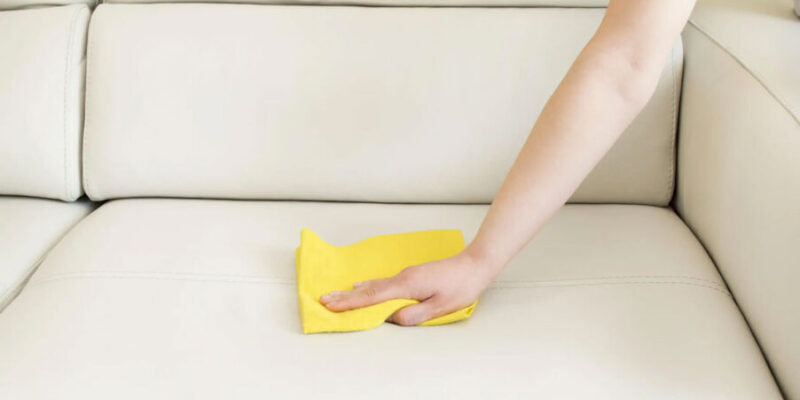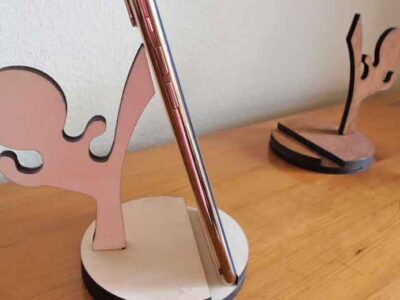Your Couch is Grosser Than You Think
Let’s start with an uncomfortable truth: your couch harbors more bacteria, dead skin cells, dust mites, and mysterious crumbs than you’d ever want to acknowledge. That comfortable furniture piece where you relax after long days? It’s basically a biology experiment you’re conducting without meaning to.
Think about everything your couch endures. Bodies covered in outdoor grime collapse onto it. Pets treat it as their personal throne. Food gets consumed while binge-watching shows. Drinks inevitably spill during exciting sports moments. Kids use it as a trampoline, art studio, and snack distribution center. All of this accumulates in fabric fibers, creating conditions where dust mites thrive and odors develop permanent residence.
Research indicates that upholstered furniture can harbor millions of dust mites – microscopic creatures feeding on dead skin cells that humans shed constantly. More than 50 million Americans battle allergies each year, with dust mites ranking among primary triggers. Your couch might be contributing more to allergy symptoms than you realize.
But here’s the good news: keeping couches fresh and stain-free isn’t impossibly difficult. It requires understanding proper maintenance techniques, acting quickly when accidents happen, and occasionally calling for backup when situations exceed DIY capabilities.
Prevention: The Strategy Nobody Uses But Everyone Should
The easiest stain to remove is the one that never happens. Revolutionary concept, right?
Start with simple rules that prevent most couch catastrophes. No red wine on the white sofa seems obvious, yet people violate this wisdom daily. Designate eating zones away from expensive upholstery. Use coasters religiously – condensation from cold drinks creates water rings that permanently mark certain fabrics.
Throws and blankets serve dual purposes: they protect furniture while adding decorative elements. Washable covers take the hit instead of permanent upholstery. When spills happen on throws, you’re tossing them in the washing machine rather than panicking about ruined furniture.
Prevention strategies that actually work:
- Use arm covers and headrest protectors in high-contact areas
- Implement “no shoes on furniture” policies
- Keep pet claws trimmed to prevent fabric snags
- Rotate cushions monthly for even wear distribution
- Vacuum upholstery weekly using brush attachments
Regular vacuuming removes surface debris before it embeds into fabric fibers. Use upholstery attachments with soft bristles that won’t damage delicate materials. Pay special attention to crevices where crumbs and dirt accumulate – those gaps between cushions contain entire ecosystems you’d rather not examine closely.
Fabric Protection Worth Considering
Fabric protectors create invisible barriers that repel liquids and prevent stains from setting immediately. These treatments give you precious extra seconds during spills – time to grab towels before wine soaks into cushion cores.
Professional-grade fabric protection lasts longer and works better than spray-on consumer products. While DIY options exist, professional application ensures even coverage and appropriate product selection for specific fabric types. You might check the full article on professional protection services that extend furniture lifespan significantly beyond what untreated upholstery achieves.
Reapply protection annually or after professional cleaning sessions. The treatment wears down through normal use, gradually losing effectiveness. Maintaining protective barriers prevents cumulative damage that shortens furniture lifespan.
Emergency Stain Response Protocol
Spills happen. Physics guarantees it. What separates permanent disasters from minor inconveniences is response speed and technique.
Immediate action steps for any spill:
- Blot immediately with clean, absorbent cloths – never rub
- Work from stain edges toward center preventing spread
- Continue blotting with fresh towels until no transfer occurs
- Apply appropriate cleaning solution based on stain type
- Rinse thoroughly with clean water and blot dry
The golden rule: blot, don’t rub. Rubbing pushes stains deeper into fibers and damages fabric texture. Gentle blotting lifts liquid without forcing it into cushion padding where it becomes nearly impossible to remove.
Different stains require different approaches. Coffee and tea respond to cold water and mild detergent. Red wine needs immediate salt application to absorb liquid before treating with club soda. Grease stains require dish soap specifically designed to cut oils. Blood needs cold water only – hot water sets protein stains permanently.
For mysterious stains of unknown origin (happens more often than anyone admits), start with the gentlest approach: cold water and white cloths. White cloths prevent dye transfer that can create additional staining problems.
Deep Cleaning Without Destroying Your Furniture
Upholstered furniture seems durable until you use the wrong cleaning method and permanently damage expensive pieces. Understanding fabric types and appropriate cleaning codes prevents costly mistakes.
Reading the Secret Codes
Check tags on furniture cushions – they contain cleaning codes that dictate safe cleaning methods:
- W: Water-based cleaners safe to use
- S: Solvent-based cleaners only, no water
- WS: Either water or solvent-based cleaners acceptable
- X: Vacuum only, no liquid cleaning
Ignore these codes at your peril. Using water-based cleaners on S-coded fabrics causes shrinking, water staining, and color bleeding. Conversely, solvents on W-coded fabrics can dissolve protective treatments or damage fibers.
For W and WS fabrics, create gentle cleaning solutions using:
- 1/4 cup white vinegar
- 3/4 cup warm water
- 1 tablespoon mild dish soap
Test solutions on hidden areas first – under cushions or behind furniture – to ensure they don’t cause discoloration or damage. Wait 24 hours to observe any delayed reactions before proceeding with visible areas.
Steam cleaning works beautifully for appropriate fabrics but requires caution. Excessive moisture leads to mold growth inside cushions, creating health hazards worse than the dirt being removed. Professional equipment extracts moisture effectively; rental machines often leave furniture oversaturated.
Smells, Odors, and Mystery Funk
Clean-looking couches can still smell terrible. Odors embed deep into cushion foam and fabric fibers, resisting surface cleaning attempts.
Baking soda serves as nature’s odor absorber. Sprinkle liberally over entire couch surface, let sit for 30-60 minutes (longer for stubborn odors), then vacuum thoroughly. The powder absorbs odors rather than just masking them with fragrances.
For persistent pet odors, enzyme cleaners break down organic compounds causing smells. These specialized products work at molecular levels, eliminating odor sources rather than covering them temporarily. Follow product instructions carefully – enzyme cleaners require time to work and shouldn’t be rinsed immediately.
Sunlight and fresh air provide free deodorizing benefits. If possible, move cushions outside on sunny days. UV light kills bacteria while air circulation dissipates trapped odors. Obviously this works better for removable cushions than built-in sectionals.
Odor elimination techniques ranked by effectiveness:
- Professional deep cleaning with extraction equipment
- Enzyme cleaners for organic odors (pets, food, body oils)
- Baking soda treatments for general freshness
- Activated charcoal sachets for ongoing odor absorption
- Fabric refresher sprays (temporary masking only)
When home remedies fail, professional upholstery cleaning becomes necessary. Professionals use truck-mounted extraction systems that deep clean while removing moisture properly. They understand fabric types, appropriate cleaning agents, and techniques that remove embedded odors without damaging furniture.
The reality check: Maintaining fresh, stain-free couches requires consistent preventive maintenance, quick response to spills, appropriate cleaning techniques for fabric types, and knowing when situations exceed DIY capabilities.
Your couch represents significant financial investment and serves as the centerpiece of living spaces where families gather and memories form. Protecting that investment through proper care extends furniture lifespan while maintaining healthy, pleasant environments where everyone actually wants to spend time. Worth the effort? Absolutely.

















